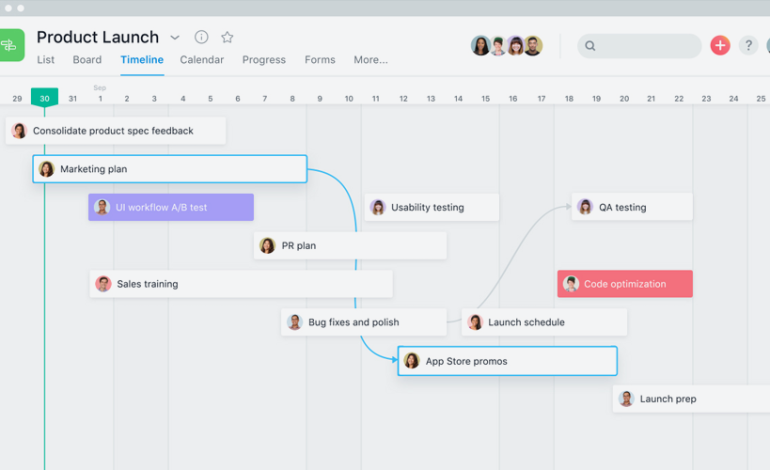Your Online Purchases Are About to Get More Expensive
In 1992, the Supreme Court made a landmark ruling that declared states couldn’t collect sales tax on purchases made outside of the state. They could only tax physical brick-and-mortar stores that were selling the item within the state it was being bought.
For example, if you lived in Iowa and bought something from a Sears catalog, Iowa couldn’t collect a sales tax on that item because it was most likely being shipped from out of state.
Fast forward nearly two decades and you’ll see that same law applied to all online purchases, including ecommerce. If you bought something on Amazon, sales tax wouldn’t be applied to the price.
Brick-and-mortar stores have felt this gave online companies a huge advantage over them. If you had to choose between buying a couch on Wayfair verses going to local vendor and paying extra for included sales tax, where would you shop?
Now, the Supreme Court has reversed its previous ruling. In a 5-4 decision, the highest court in the land has decided that states can collect sales from all online retailers.
While this will inevitably make online shopping more expensive for the everyday consumer, the court felt the previous law was outdated and allowed businesses to avoid having a physical presence in certain states.
In explaining his vote, retiring Justice Anthony Kennedy said, “The Internet’s prevalence and power have changed the dynamics of the national economy. The expansion of e-commerce has also increased the revenue shortfall faced by States seeking to collect their sales and use taxes.”
Online retailers believe this is a bad deal for them, as it will push people to once again shop locally for items like electronics, furniture, and jewelry.
States, especially states that are cash-strapped and could use more tax revenue, are thrilled they get to tap into a $453 billion industry.
They saw their tax numbers dwindle as more people avoided the box stores in favor of online buying, literally taking money out of the state’s pockets. According to the Government Accountability Office, states have lost as much as $13.4 billion last year alone.
There’s still more they would have to do though, as a lot of states had different rules.
One big question online business owners have involves how this new law will handcuff smaller businesses. There are already laws on the books for bigger companies, but now that the doors are open for all businesses to get taxed, this ruling might completely kill smaller industries.
Companies like eBay and Overstock want the Congress to pass news laws that exempt small online businesses from being taxed to keep internet innovation strong.
It’s unknown if this ruling will change much, as most people choose to shop online for the convenience, but now that stores feel they are at an even playing field, we’ll see how the sales stack up this holiday shopping season and beyond
